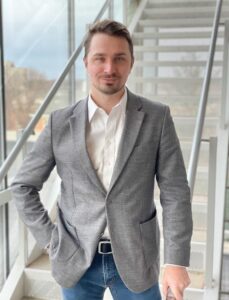Overview
Human geography courses tend to be compartmentalized into distinct topics, such as the geography of migration, religion, linguistics, politics, land use, agriculture, urbanization, and economics. This segmented approach, akin to a “grand tour,” can hinder learners’ abilities to recognize overlaps among geographic phenomena. Spatial thinking is frequently cited as a key tool for making connections in Advanced Placement Human Geography (APHG). While spatial thinking is useful for discerning patterns across space, it falls short in helping to explain the diverse processes that underlie people-place relations. I propose incorporating David Seamon’s six place processes–interaction, identity, release, realization, intensification, and creation–into the APHG curriculum. Specifically, I illustrate how each APHG unit can be framed according to the six place processes, offering a holistic understanding of human geography.
Session Focus
APHG | Place | Spatial Thinking | Curriculum and Instruction
Conference Room
Covetto
Meet the Presenter
 Thomas Larsen is 2024 President of the National Council for Geographic Education (NCGE). He serves as Co-Coordinator of the Geographic Alliance of Iowa (GAI) and teaches geography at the University of Northern Iowa.
Thomas Larsen is 2024 President of the National Council for Geographic Education (NCGE). He serves as Co-Coordinator of the Geographic Alliance of Iowa (GAI) and teaches geography at the University of Northern Iowa.

